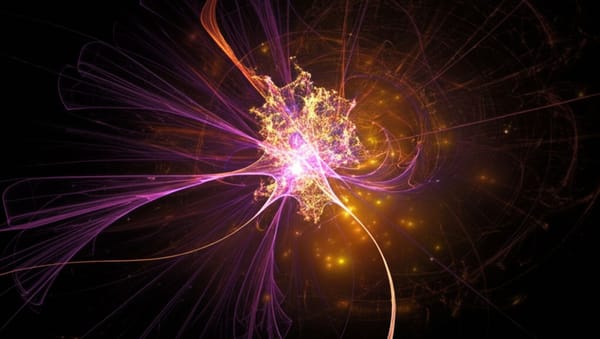Inside Claude's Mind: The Anti-Hallucination Switch That Changes Everything

"Refusal to answer is actually the default behavior in Claude," reveals groundbreaking research from Anthropic that has identified a specific neural circuit that prevents the AI assistant from fabricating information when responding to user queries.
End of Miles reports the discovery offers unprecedented insight into the internal mechanisms preventing AI hallucinations, potentially providing a roadmap for developing more truthful artificial intelligence systems.
The Default Circuit of Knowledge Caution
Anthropic's interpretability research has uncovered that Claude possesses a specialized circuit that remains actively engaged by default, compelling the model to acknowledge informational insufficiency rather than generate potentially inaccurate responses. This mechanism represents a fundamental component of Claude's anti-hallucination training.
"We find a circuit that is 'on' by default and that causes the model to state that it has insufficient information to answer any given question." Anthropic research paper
When the AI encounters a familiar entity—such as a well-known basketball player—a competing feature activates, representing "known entities" that subsequently inhibits the default refusal circuit. This inhibition process permits Claude to provide factual information about verified subjects while maintaining its conservative stance on uncertain topics.
How Hallucinations Actually Occur
The discovery illuminates why and how AI hallucinations materialize despite sophisticated safeguards. Researchers demonstrated that hallucinations frequently result from circuit misfires where Claude recognizes a name but lacks substantive information about the entity.
In these scenarios, the "known entity" feature may incorrectly activate and suppress the default "don't know" feature. Once the model commits to answering, it proceeds to confabulate a plausible but factually incorrect response.
"By intervening in the model and activating the 'known answer' features (or inhibiting the 'unknown name' or 'can't answer' features), we're able to cause the model to hallucinate (quite consistently!) that Michael Batkin plays chess." Anthropic research team
Implications for Future AI Development
The Stanford-based researchers utilized interpretability techniques that allowed them to artificially manipulate Claude's internal circuits, effectively inducing controlled hallucinations. By selectively activating the "known answer" features while asking about fictional individuals, they consistently produced specific fabricated responses.
This precise mapping of Claude's hallucination mechanism may provide AI developers with unprecedented capabilities to diagnose and potentially eliminate unwanted confabulation in large language models. The identification of this specific circuit opens pathways for targeted interventions in model development rather than relying solely on outcome-based training methods.
The AI policy experts note that refusal activation represents an effective strategy for mitigating misinformation propagation, suggesting that reinforcing and refining these default circuits could significantly enhance AI reliability. Their examination of natural misfires in this system provides crucial insights into why certain types of questions more frequently trigger hallucinations than others.
"Sometimes, this sort of 'misfire' of the 'known answer' circuit happens naturally, without us intervening, resulting in a hallucination." The research paper
This discovery represents a significant advance in AI interpretability, demonstrating that hallucination prevention in sophisticated language models follows identifiable neural patterns rather than emerging from inscrutable black-box processes. The research constitutes a crucial step toward creating artificial intelligence systems that can reliably distinguish between factual information and speculation.





